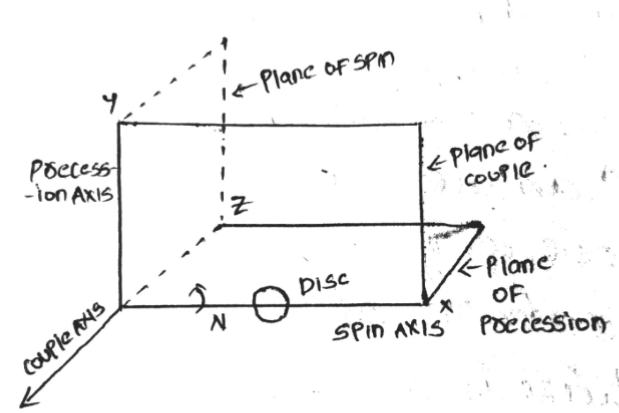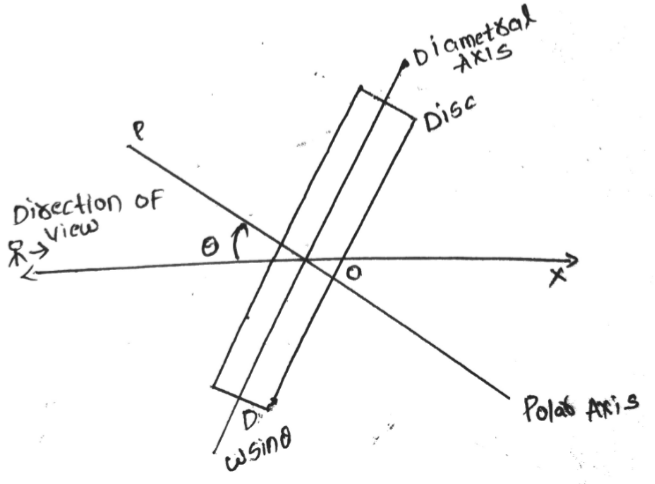What is Positive displacement pump?
A positive displacement pump is a type of dynamic displacement pump that uses a mechanism to trap a fixed amount of fluid and then move it through the pump. The trapped fluid is usually moved by using a piston or a rotating gear. Positive displacement pumps are commonly used in applications where the flow rate needs to be constant and steady, regardless of the pressure changes in the system.
Positive displacement pumps can be further classified into several types, such as:
- Reciprocating pumps: They use a reciprocating motion of a piston, a diaphragm, or a rotary vane to move the fluid through the pump. Examples of reciprocating pumps are the diaphragm pumps, gear pumps, and piston pumps.
- Rotary pumps: They use a rotating mechanism, such as a gear, screw, or lobe, to move the fluid through the pump. Examples of rotary pumps are the gear pumps, lobe pumps, and screw pumps.
Working of Positive displacement pump?
A positive displacement pump works by trapping a fixed amount of fluid and then moving it through the pump using a mechanical mechanism. The fluid is usually trapped by using a piston or a rotating gear. The trapped fluid is then moved through the pump by the action of the mechanical mechanism. Positive displacement pumps are commonly used in applications where the flow rate needs to be constant and steady, regardless of the pressure changes in the system.
Positive displacement pumps can be further classified into several types, such as:
- Reciprocating pumps: They use a reciprocating motion of a piston, a diaphragm, or a rotary vane to move the fluid through the pump. Examples of reciprocating pumps are the diaphragm pumps, gear pumps, and piston pumps.
- Rotary pumps: They use a rotating mechanism, such as a gear, screw, or lobe, to move the fluid through the pump. Examples of rotary pumps are the gear pumps, lobe pumps, and screw pumps.
Reciprocating pumps, as the name implies, use a reciprocating motion to pump the fluid. A piston, diaphragm or a rotary vane is used to trap and move the fluid through the pump. The movement of the piston or diaphragm is usually driven by a crankshaft, connecting rod, and flywheel mechanism, which is powered by an electric motor. The fluid is drawn into the pump cylinder on the suction stroke and is discharged on the delivery stroke.
Rotary pumps, as the name implies, use a rotating mechanism, such as a gear, screw, or lobe, to move the fluid through the pump. These pumps use gears, screws or lobes that intermesh and trap fluid as they rotate. The fluid is moved through the pump as the gears, screws or lobes rotate. The rotation is driven by an electric motor.
Uses of Positive displacement pump?
Positive displacement pumps are widely used in a variety of industrial, agricultural, and municipal applications due to their ability to maintain a steady flow rate, regardless of the pressure changes in the system. Some common uses of positive displacement pumps include:
- Oil and gas: Positive displacement pumps are commonly used in oil and gas production to pump crude oil, natural gas, and other petroleum products. They are also used in drilling operations to pump drilling fluids, mud, and other materials.
- Chemical processing: Positive displacement pumps are used in a wide variety of chemical processing applications such as pumping acids, bases, and other corrosive liquids, as well as viscous liquids like syrups and gels.
- Food and Beverage: Positive displacement pumps are used in food and beverage processing plants to transfer liquids, such as syrups, juices, and other ingredients. They are also used for filling and packaging operations.
- Pharmaceuticals: Positive displacement pumps are used in pharmaceutical manufacturing processes to transfer liquids, such as cleaning solutions, disinfectants, and other chemicals.
- Power Generation: Positive displacement pumps are used in power generation plants to pump coolants and lubricants in the turbines.
- Water and Waste Water Treatment: Positive displacement pumps are used in water treatment plants to pump and transfer water and in waste water treatment plants to pump and transfer sewage and wastewater.
- HVAC Systems: Positive displacement pumps are used in heating, ventilation, and air conditioning systems to circulate fluids such as water, refrigerants, and other coolants through the system.
- Agriculture: Positive displacement pumps are used in agriculture to transfer and spray pesticides, fertilizers, and other liquids.
- Automotive Industry: Positive displacement pumps are used in automotive industry to pump fuel, oil and other fluids.
- Marine and Offshore: Positive displacement pumps are used in ships, offshore platforms, and other marine applications to pump seawater, fuel, and other fluids.
These are a few examples of the wide range of applications where positive displacement pumps are used.
Advantages of Positive displacement pump?
Positive displacement pumps have several advantages, such as:
- They can handle fluids with high viscosity
- They can maintain a steady flow rate, regardless of the pressure changes in the system
- They are suitable for low flow rate applications
- They are suitable for handling abrasive fluids
- They are self-priming pumps
However, positive displacement pumps also have some disadvantages, such as:
- They are less efficient compared to centrifugal pumps
- They can be more expensive to purchase than other types of pumps
- They require regular maintenance to ensure they continue to operate efficiently and prolong their service life
- They can be more sensitive to clogging.
Overall, positive displacement pumps are used in a wide range of applications, such as in chemical, oil and gas, food and beverage, pharmaceuticals and many other industries.
What are the 3 types of positive displacement pumps?
There are several types of positive displacement pumps, but some examples of three types are:
- Reciprocating pumps: These pumps use a reciprocating motion of a piston, a diaphragm, or a rotary vane to move the fluid through the pump. Examples of reciprocating pumps are the diaphragm pumps, gear pumps, and piston pumps.
- Rotary pumps: These pumps use a rotating mechanism, such as a gear, screw, or lobe, to move the fluid through the pump. Examples of rotary pumps are the gear pumps, lobe pumps, and screw pumps.
- Lobe pumps: These pumps use two or more rotors with intermeshing lobes to trap the fluid and move it through the pump. They are commonly used in applications where the fluid is viscous or contains suspended solids.
Reciprocating pumps are suitable for high-pressure and high-flow-rate applications, also handle large particles and slurries. Rotary pumps are suitable for low-pressure and low-flow-rate applications, and can handle high-viscosity fluids. Lobe pumps are suitable for high-viscosity fluid and for fluid with solid particles.
It’s worth noting that there are many other types of positive displacement pumps that are used in specific applications and industries, such as peristaltic pumps, vane pumps, and flexible impeller pumps, to name a few.
What is the efficiency of Positive displacement pump?
The efficiency of a positive displacement pump is a measure of how much energy is converted into useful work, compared to the total energy input. It is usually expressed as a percentage. The efficiency of positive displacement pumps can be affected by a number of factors, such as the type of pump, the design and configuration of the pump, and the characteristics of the fluid being pumped.
In general, positive displacement pumps are less efficient than centrifugal pumps. This is because positive displacement pumps rely on trapping a fixed amount of fluid and moving it through the pump, which requires more energy to overcome the internal mechanical resistance of the pump.
The mechanical efficiency of positive displacement pumps is typically between 60% and 90%. The volumetric efficiency is typically between 70% and 90%. The overall efficiency of the positive displacement pumps, which takes into account the mechanical and volumetric efficiency, is typically between 50% and 80%.
It’s worth noting that these numbers are general and the efficiency of a positive displacement pump can vary greatly depending on the specific type of pump, its design and configuration, and the characteristics of the fluid being pumped. It’s also worth noting that positive displacement pumps are less efficient at high flow rates, but they are more efficient at low flow rates.

